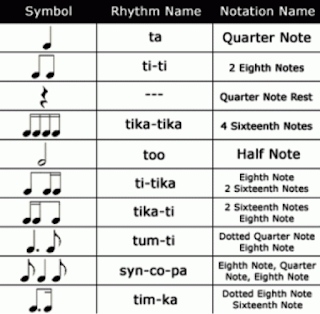New Breathing Exercises
So,
MORE about breathing…at least a few more breathing exercises to try. You can never have too much breath support or
control, and you should always be on the lookout for more and different and
better ways to expand, challenge, and develop your ability to be in control of
your breath, rather than your breath controlling you. I read something very interesting that I want
to include here before I detail the actual exercises. Most of the time, when we think about taking
a deep breath, we think of taking the breath VERTICALLY, when we should be
thinking of it HORIZONTALLY, too. By
this I mean that when you draw in a strong inhale, yes, your lungs fill
vertically, from the bottom to the top but they also fill horizontally,
expanding the rib cage, the lumbar spine, and all of the abdominal muscles
surrounding these areas, so that the lungs can fully inflate. When you take ANY breath, your shoulders or
chest should NOT rise, other than the minor effect that spreading the mid-section
and ribcage will have. The idea needs to
be to FILL the lungs, both vertically AND horizontally, without causing tension
in the shoulders, holding the breath at any point, or tightening any of your
abdominal muscles. Here are three more
exercises to work on for strengthening that control:
·
Breathe
in to a count of 4, then, exhale to a count of 4. Repeat this exercise a few times. Next, inhale to a count of 8, and exhale to a
count of 8. Repeat this exercise several
times. Lastly, inhale to a count of 16,
and exhale for the same count of 16. Repeat
until this length of time is comfortable to negotiate with frequency. The purpose of these exercises is to build up
and strengthen your control over whatever amount of air you have at a given
time, and practicing working and training your muscles to carefully control the
exhale, so that it lasts the fully allotted time.
·
This
exercise should only take 2-4 seconds each time it is executed. Inhale, and as you do, recognize the movement
of your diaphragm, ribs, Lumbar Spine, shoulders, and throat. As you begin to exhale, say the syllable, “Ah.” As your exhale is running low on air, stop
saying the “Ah” and simply finish breathing.
You can repeat this several times, altering the Vowel Syllable you sing
but always allowing some time without phonation, only breath. It is important to consciously recognize what
is happening in your body between the inhalation, the phonation, the air
exhalation, and the overall feeling upon completion.
·
Exercise
#3 – Inhale as in Exercise #1. Begin
inhaling to a count of 4. Once your
inhale is complete, hold your breath for 2 seconds, and then, begin your exhale
on a “Hiss” but a CONTINUOUS Hiss. It is
of optimal importance that you do not progress to longer inhalations and
exhalations until you have been able to perfect the lesser inhalations. There should be NO tension in your upper
body, especially your throat, face, and shoulders, and NO tension heard in your
voice. If the exhalation sounds “Staccato”
at all, like little “bursts” of air or popcorn, lower the count for the inhale
and exhale. This is about BUILDING
control. You can additionally try this
exercise at a Soft volume level, and then, at a Loud volume level. Lastly, after the inhalation and pause of a
couple of seconds, sing a “High” but comfortably High note. Again, this exercise is ALL about control,
about the QUALITY of your control, NOT the QUANTITY of air you are able to
inhale or exhale.
It may also be
helpful to run in place, use a portable trampoline, Hula Hoop, or jump rope for
a few moments, in order for your brain to adapt to deeper inhalations. When you finish your aerobics, re-start the
breathing exercises and note your improvement.
Thanks so much
for reading! As always, I treasure your
comments, questions, and suggestions for new posts. Check out my website at www.SingitForward.net. Sing it Forward!


Comments
Post a Comment